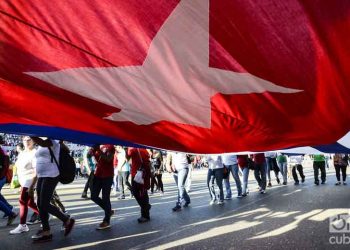If we don’t know each other, we don’t understand each other
Help us keep OnCuba alive here Cuba is, and always has been, its emigration. Cuba IS emigration. You can’t speak of Cuba without El Habanero and the Cartas a Elpidio by Félix Varela (1824-1826, 1835-1838), the Poesías by José María Heredia (1825), La Verdad by Gaspar Betancourt Cisneros (1848), Ideas sobre la incorporación de Cuba en los Estados-Unidos by José Antonio Saco (1849), the flag of the lone star of Narciso López and the Teurbe Tolón (1849), El Lute del Desterrado by Pedro Santacilia (1858), the expedition of the Perrit to Antilla, with Francisco Javier Cisneros, Antonio Bachiller Govín and Antonio Mora (1869), the New York Patriotic Board of Cubans (1870), the Key West San Carlos Club (1871), the Poesías by Juan Clemente Zenea (1872), El Emigrado, from New Orleans (1872), La República de Cuba by Antonio Zambrana (1873), the Diccionario biográfico by Francisco Calcagno (1878), Francisco by Anselmo Suárez Romero (1880), Cecilia Valdés by Cirilo Villaverde (1882), the first meeting between José Martí, Antonio Maceo and Máximo Gómez at the Hotel Griffou (1884), José Martí’s La Edad de Oro, Versos sencillos and Patria (1889, 1891, 1892), Hatuey by Francisco Sellén (1891), Emilio Agramonte’s arrangement of the National Anthem (1892),...



